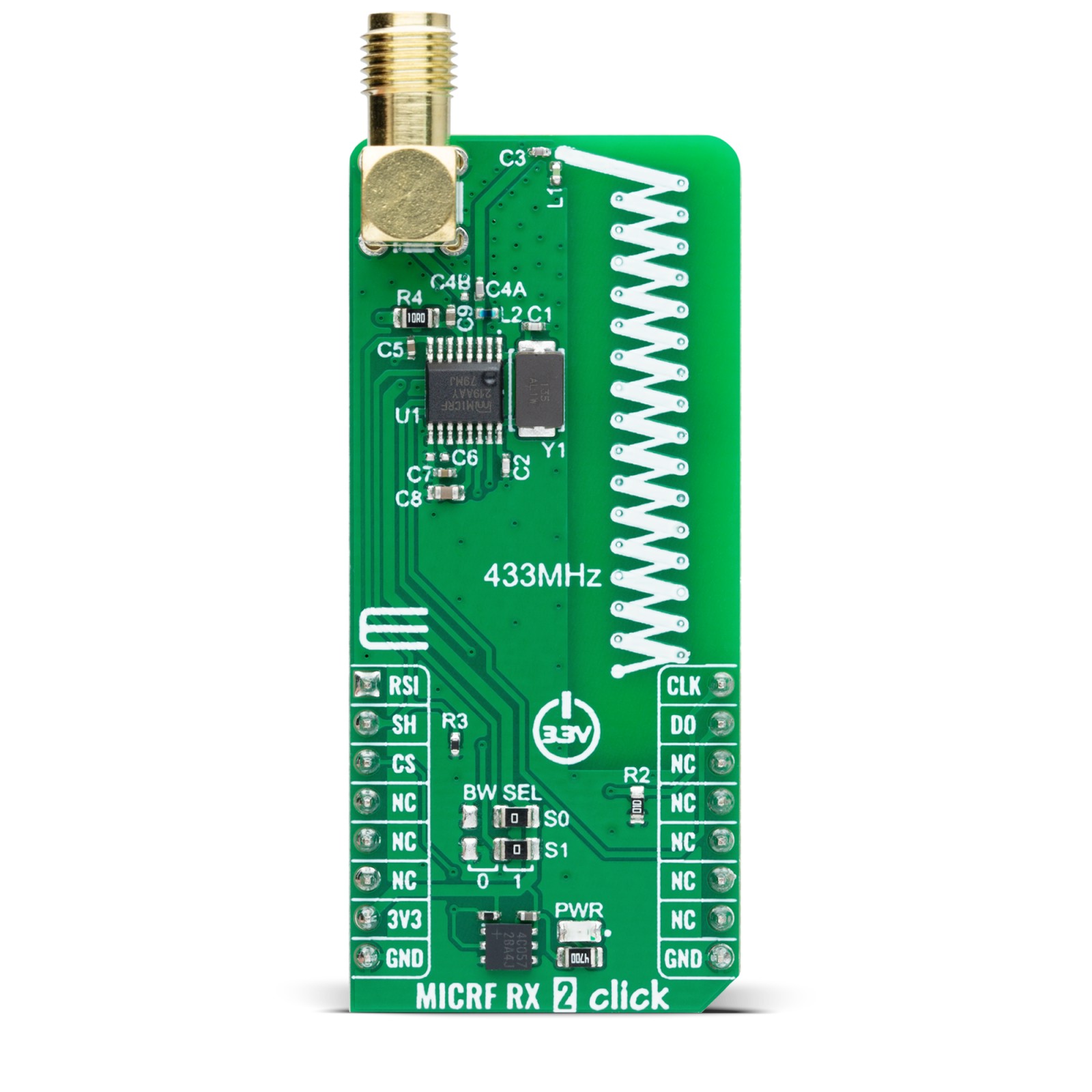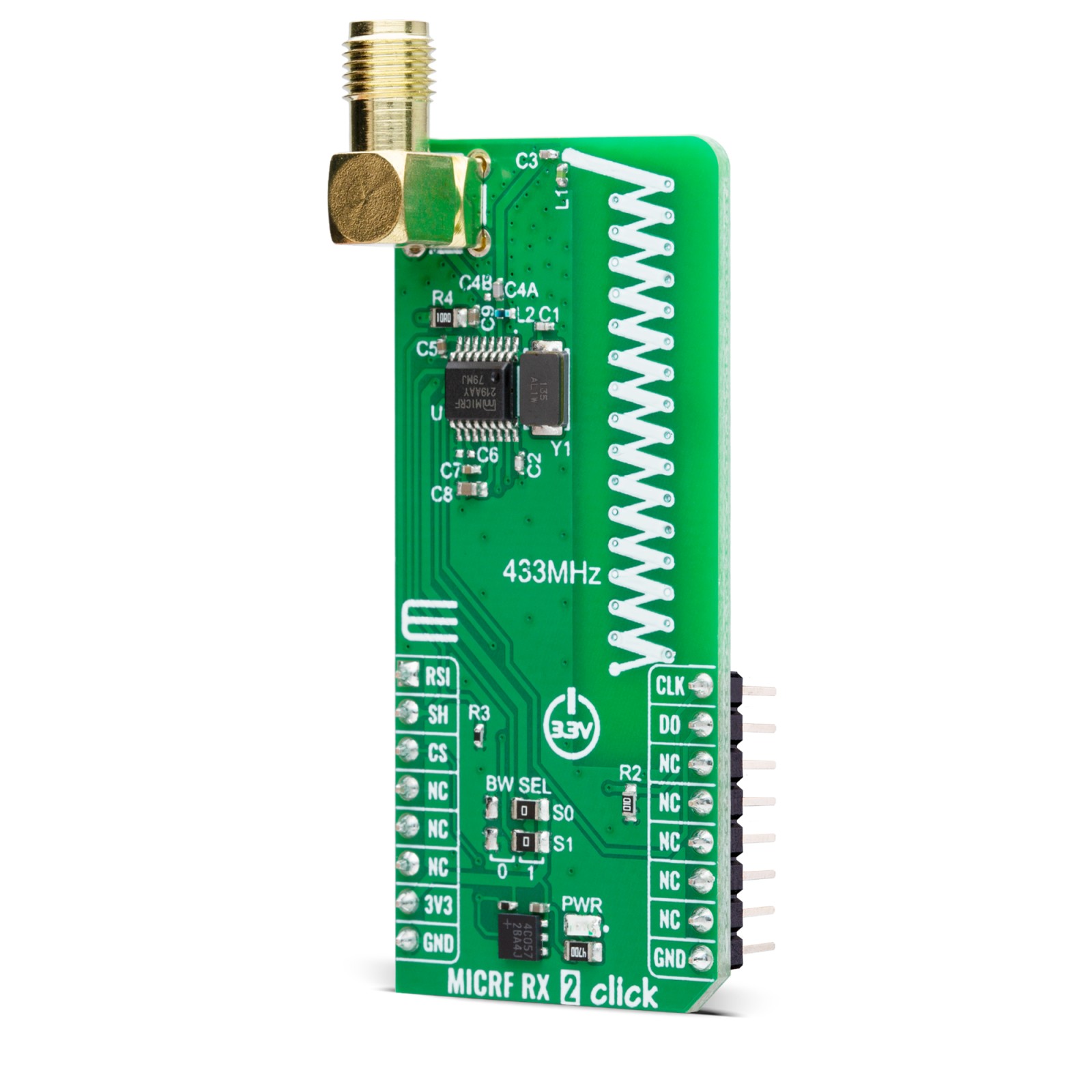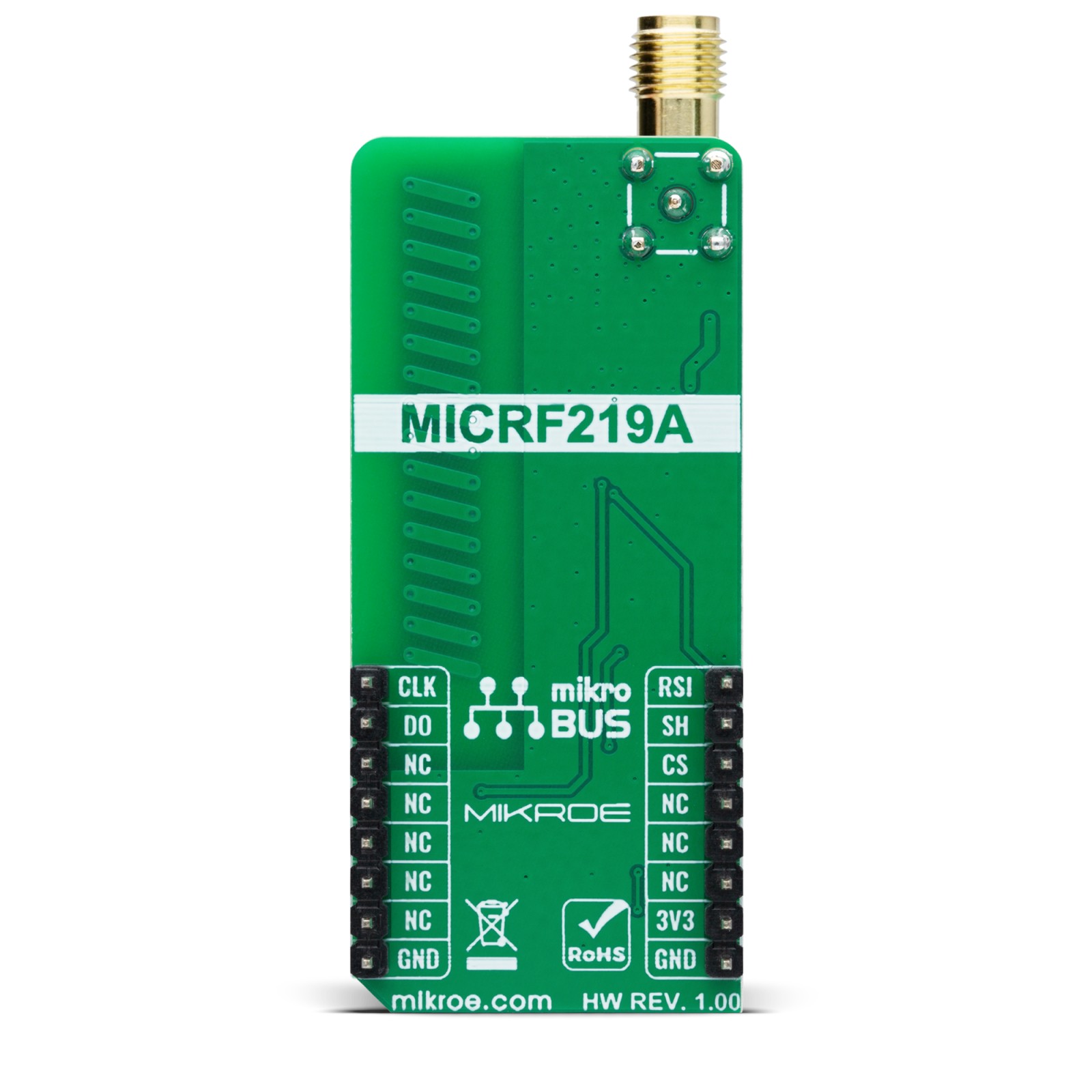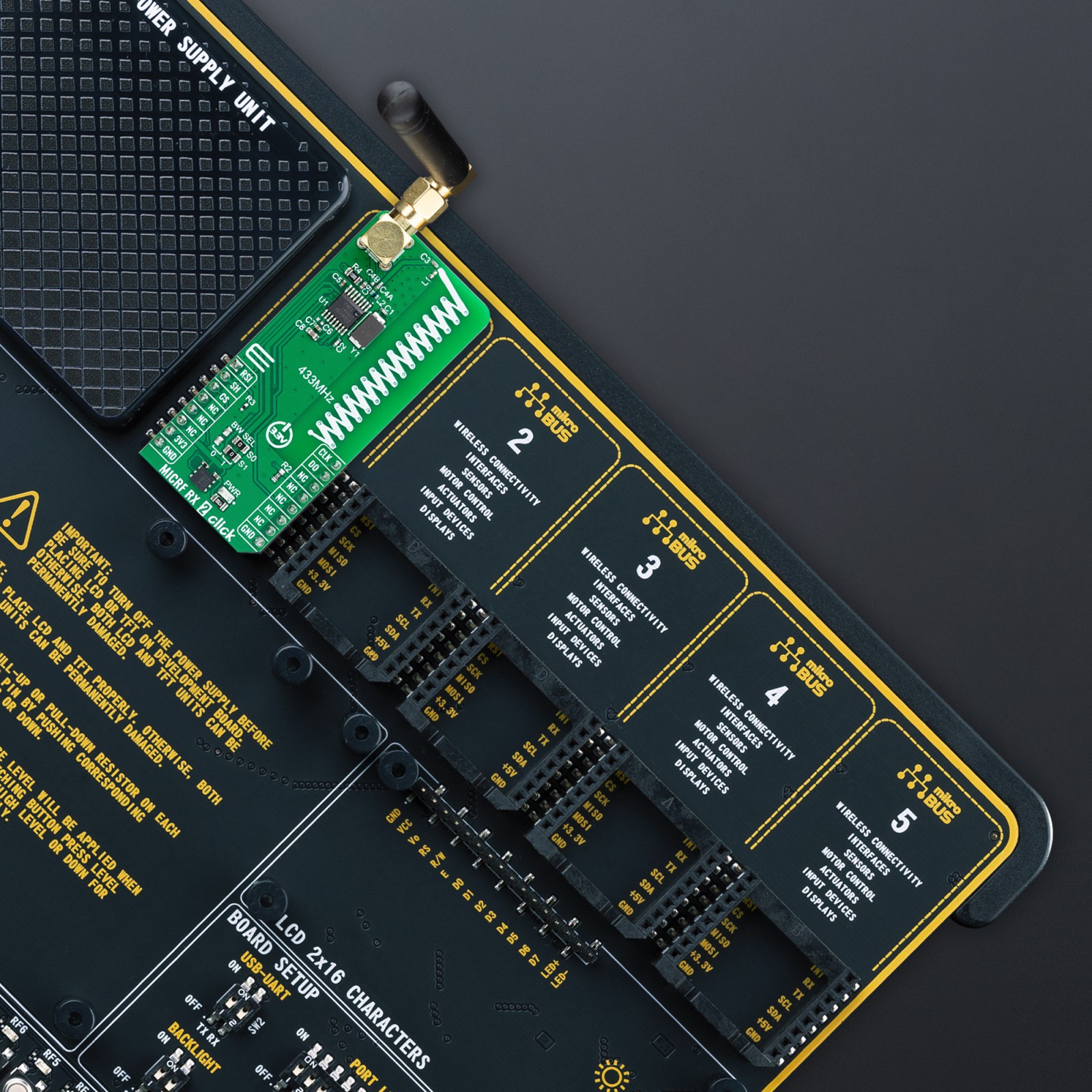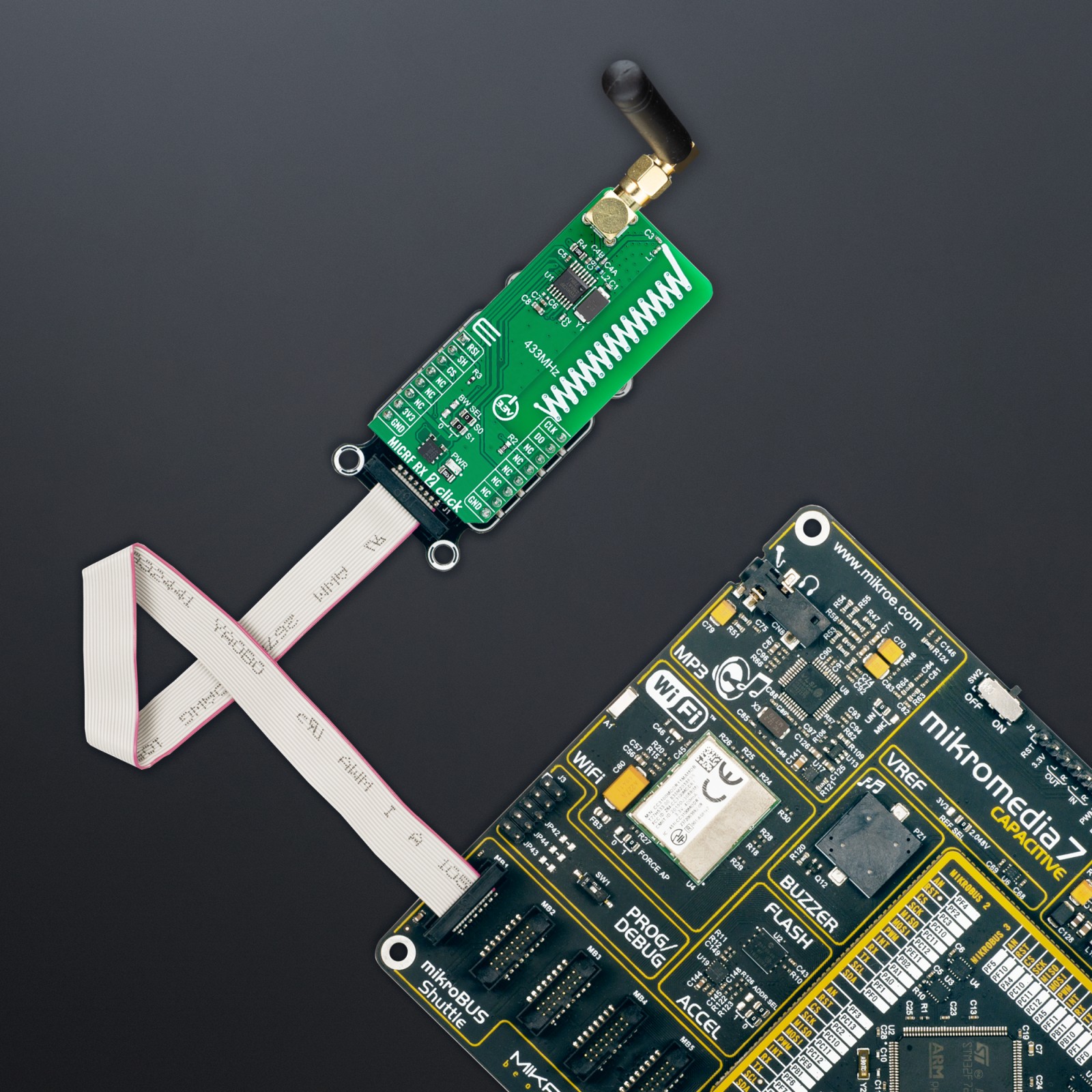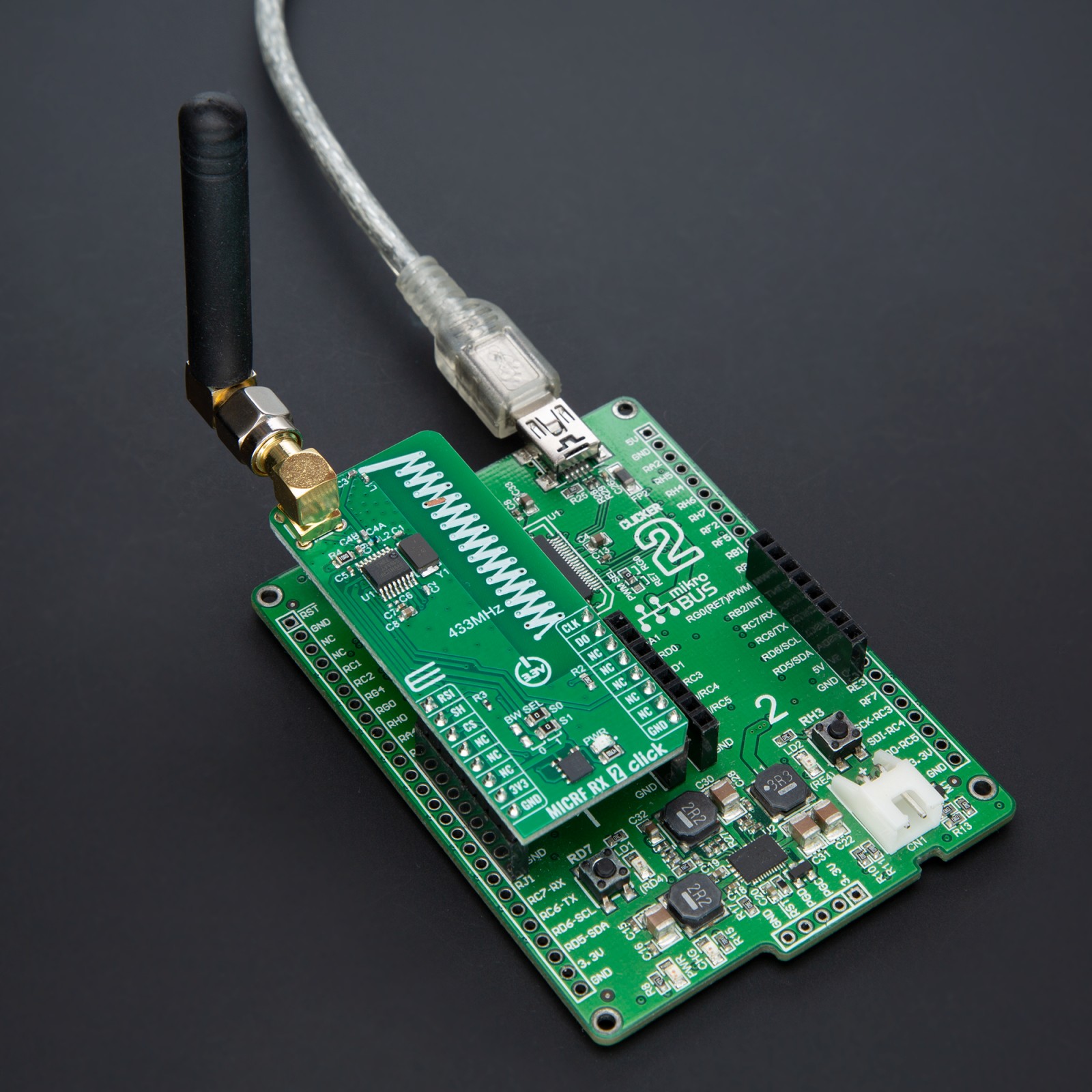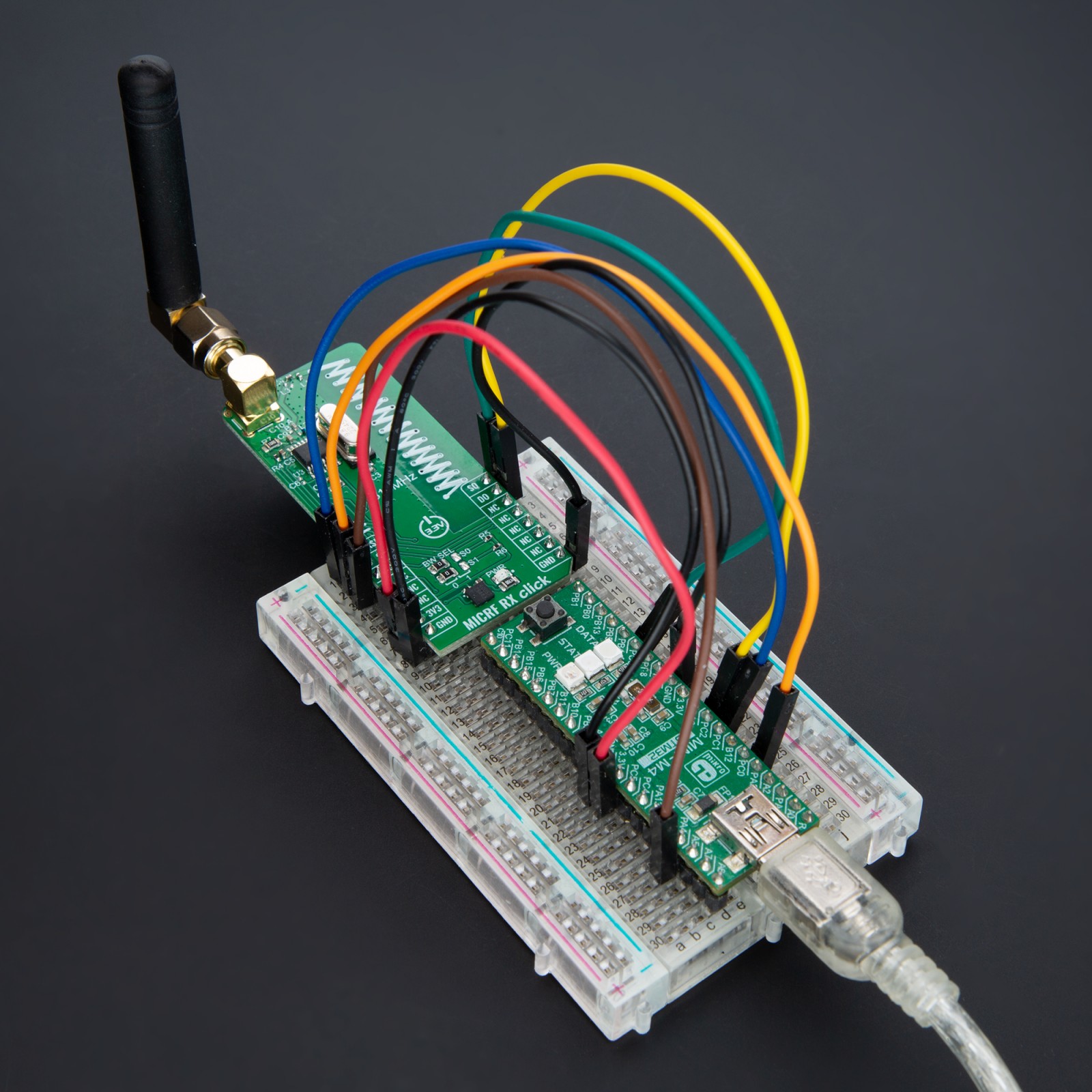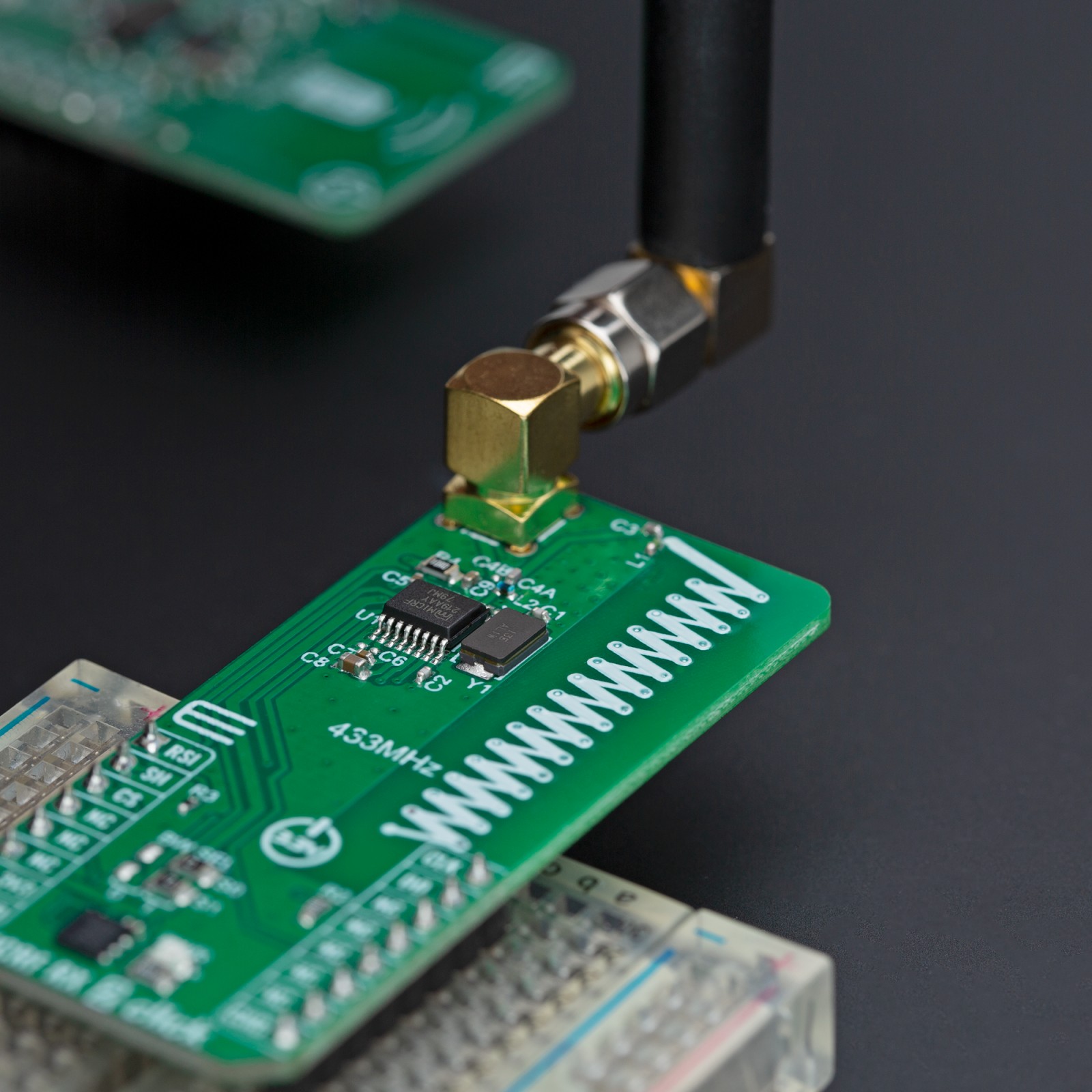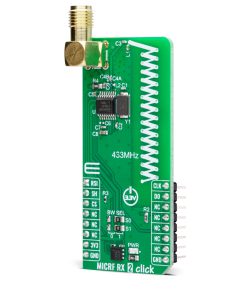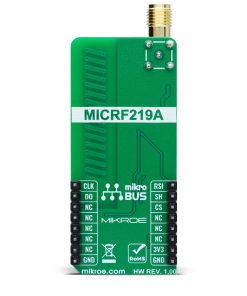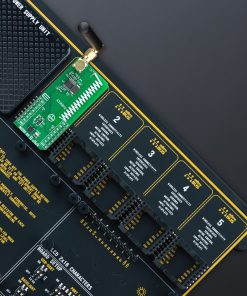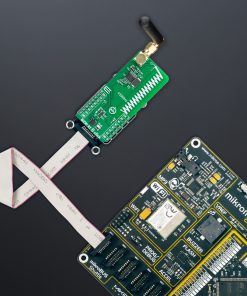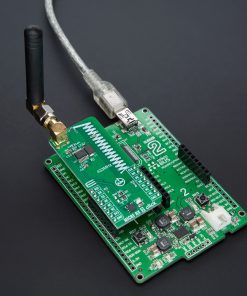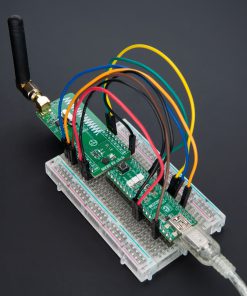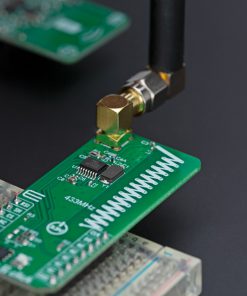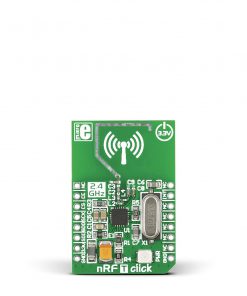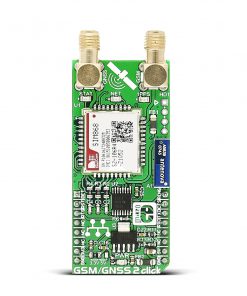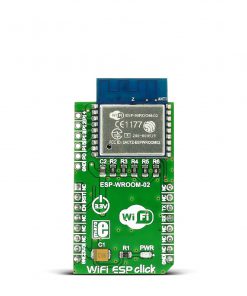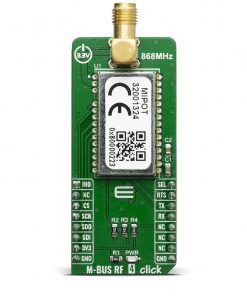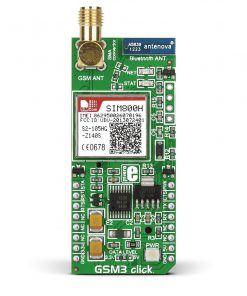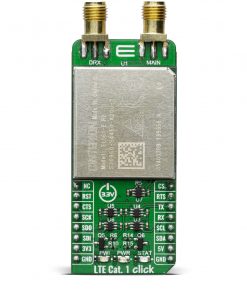MICRF RX 2 Click
R330.00 ex. VAT
MICRF RX 2 Click is a compact add-on board for high-sensitivity applications, including remote keyless entry, tire pressure monitoring systems, and remote actuation systems. This board features the MICRF219A, an ASK/OOK 433MHz receiver with Auto-Poll and RSSI from Microchip to offer top-notch RF performance. This super-heterodyne, image-reject RF receiver provides a -110dBm sensitivity at 1kbps and a 0.1% Bit Error Rate (BER), supporting adjustable demodulator filter bandwidths for bit rates up to 20kbps. It operates on a 3.3V supply, features a low-power shutdown mode to minimize energy consumption, and offers selectable antenna configurations through an onboard PCB antenna or an external SMA connector. The MICRF RX 2 Click is an ideal solution for developers incorporating reliable RF receivers in low-power, cost-sensitive applications.
MICRF RX 2 Click is fully compatible with the mikroBUS™ socket and can be used on any host system supporting the mikroBUS™ standard. It comes with the mikroSDK open-source libraries, offering unparalleled flexibility for evaluation and customization. What sets this Click board™ apart is the groundbreaking ClickID feature, enabling your host system to seamlessly and automatically detect and identify this add-on board.
Stock: Lead-time applicable.
| 5+ | R313.50 |
| 10+ | R297.00 |
| 15+ | R280.50 |
| 20+ | R269.94 |

